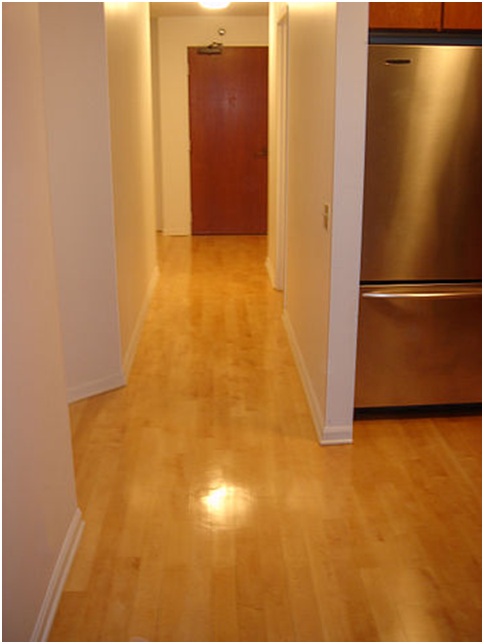Engineered hardwood versus solid hardwood flooring: strengths and weaknesses
Hardwood flooring has been growing in popularity in recent years, and it’s not hard to see why. Hardwood is easy to maintain and extremely long-lasting. In old buildings that have stood for several hundred years, it is not unusual to find the original solid hardwood flooring in place, looking just as good as the day it was first installed.

Most of the hardwood grown for flooring is also ecologically sourced. Hardwood parquet flooring in Ireland and the UK adds unparalleled elegance, character and warmth to any room. Is there anything a potential buyer needs to know to make an informed decision? We’ve broken down the benefits and downsides of the two main choices of solid and engineered hardwood flooring.
What is the difference?
The bottom line is that both of these options are 100 percent wood! Solid hardwood floorboards are cut from a single piece of timber, whereas engineered flooring consists of several layers. The bottom is a sheet of hardwood backing, which rests below middle layers of plywood pressed together to provide a strong, “engineered” core topped with an aesthetically pleasing and luxurious solid wood layer.
Location, location, location…
Solid wood, as an organic and largely unprocessed substance, reacts to changes in temperature and moisture by contracting and expanding. This makes solid hardwood suitable only for floors from ground level up and not ideal in bathrooms. The structure of engineered hardwood provides wood panels far less likely to fluctuate in response to changes of temperature or humidity, so it’s perfectly suited for bathrooms and plush basements.
Price tags and performance
Hardwood provided by companies such as Wilsons Yards is durable and dependable, and most flooring now features modern coatings that can take years of hard use. As expected, though, the construction of engineered floorboards grants greater tolerance to wear and tear, buckling and deforming.
As a rule, solid wood flooring generally costs more than engineered wood panels, but other factors have to be taken into consideration. The condition of the space below the floor, the installation method used and labour costs all influence the final expense. The easiest way to cut costs is to take a do-it-yourself approach to installation. If you take this approach, bear in mind that engineered hardwood floors are much easier for amateurs to install!















Post Comment